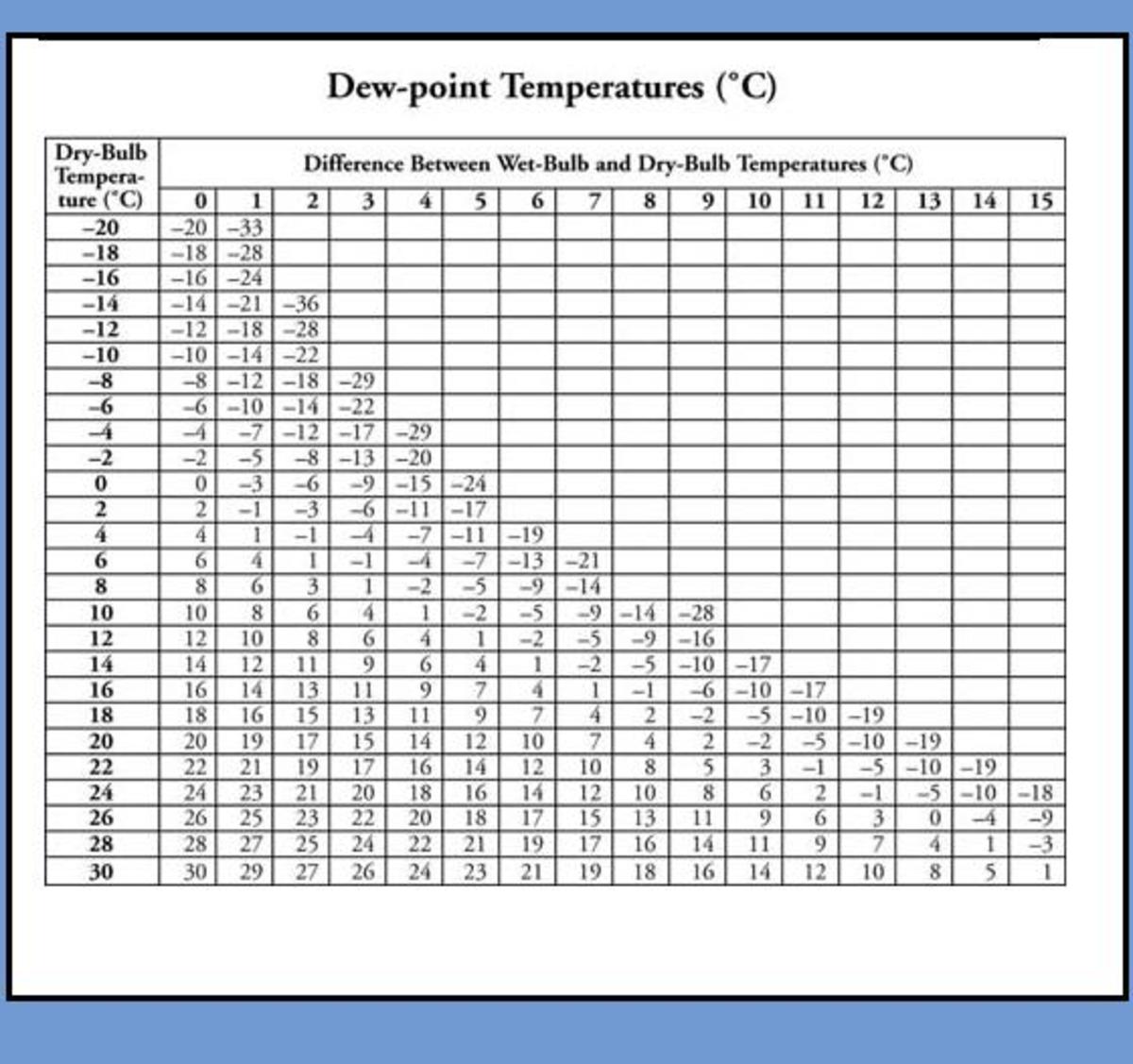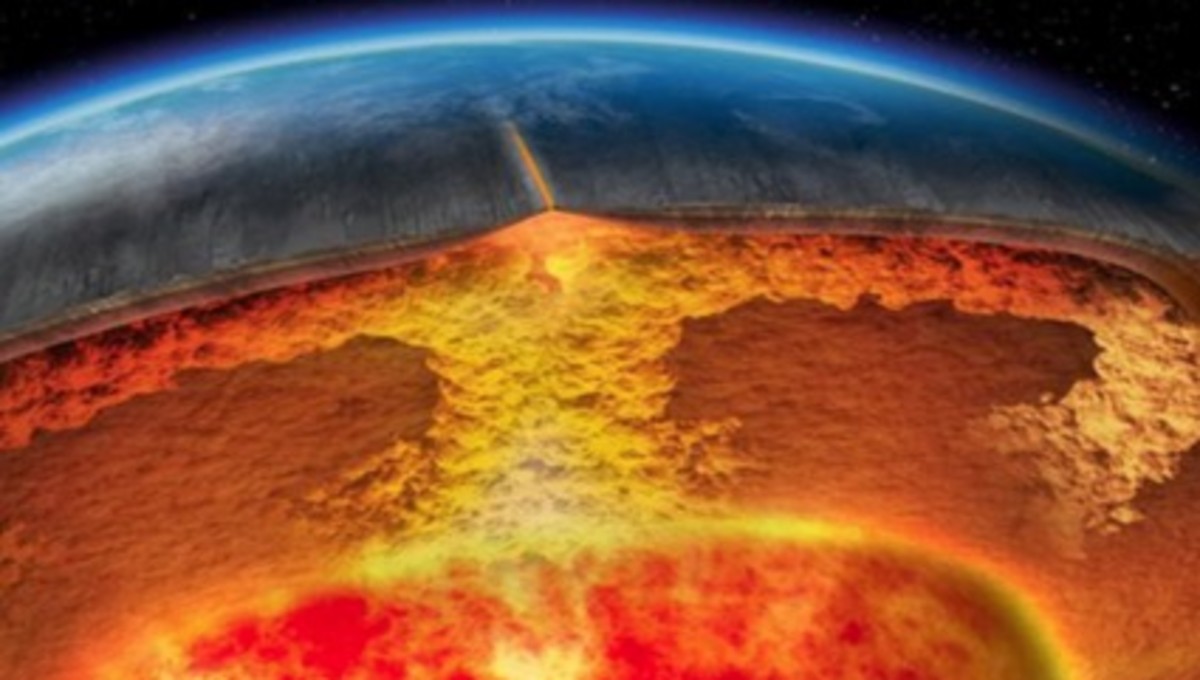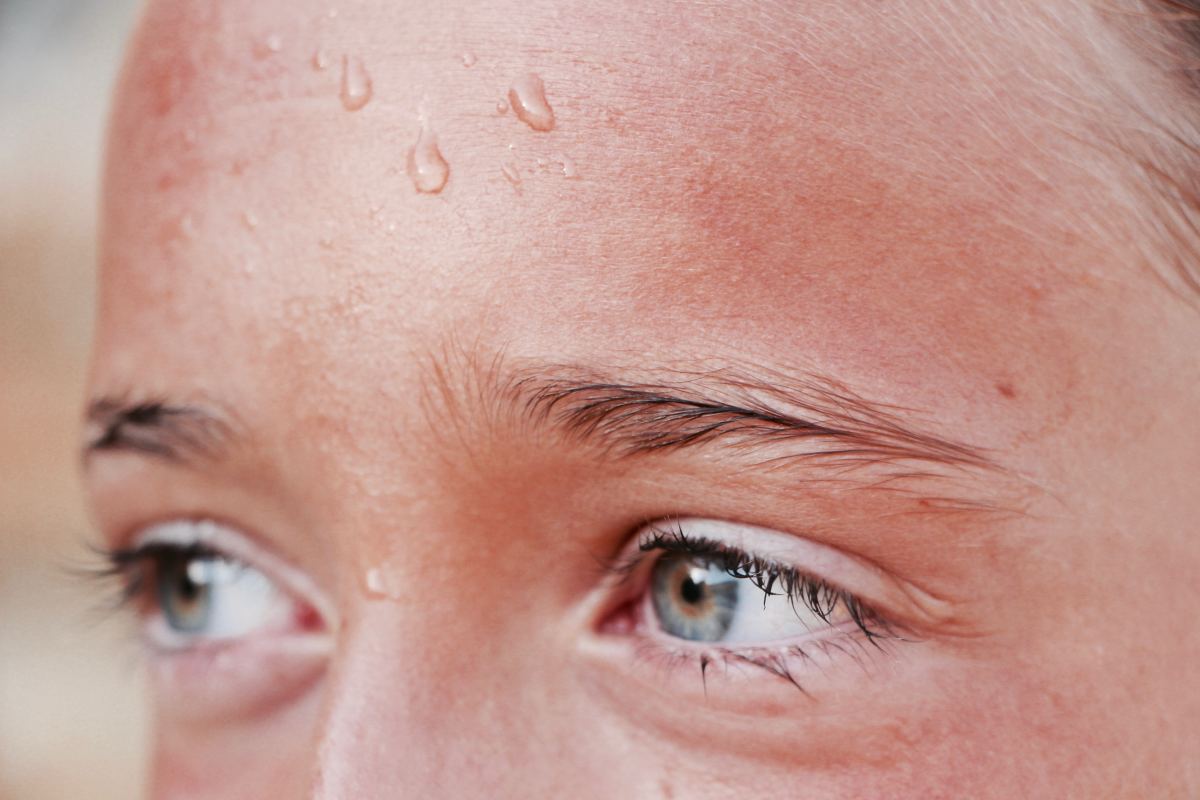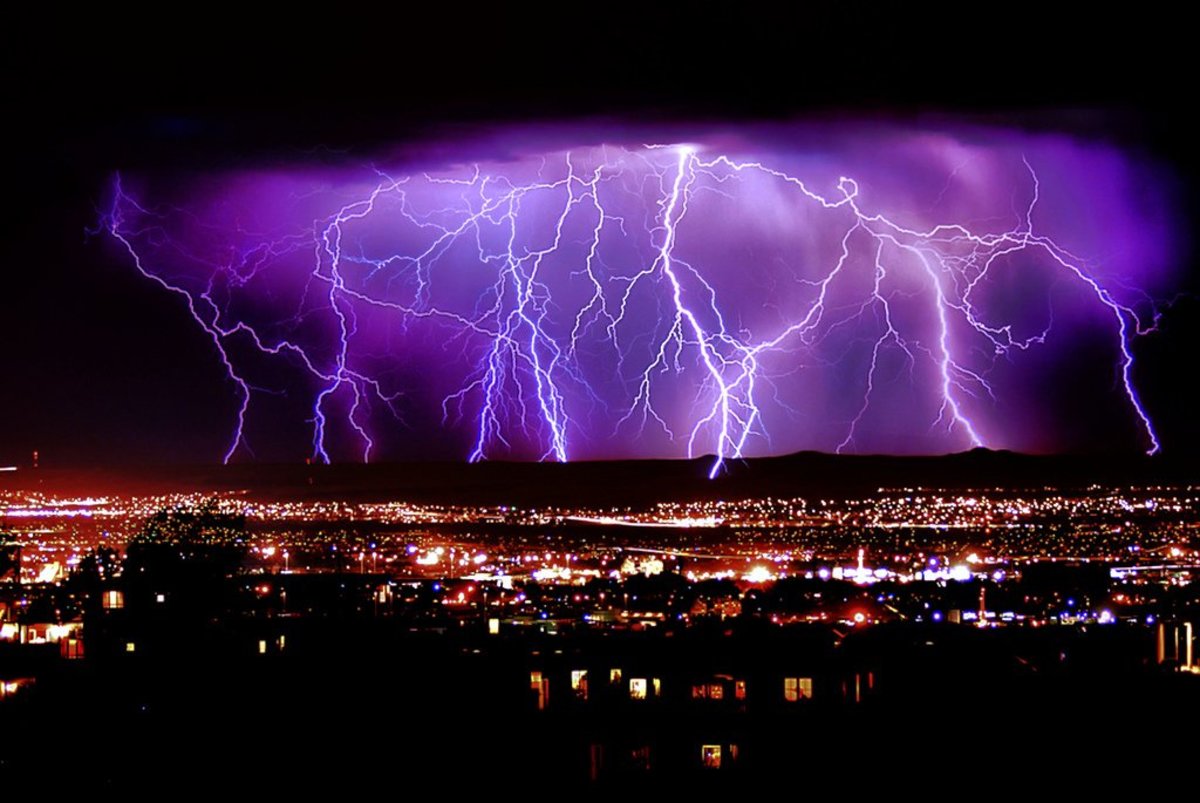How to Survive a Heat Wave
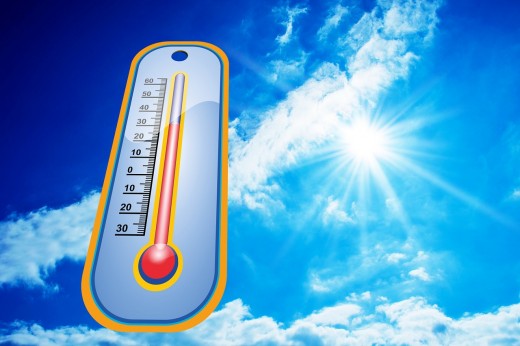
What's a Heatwave?
A heatwave is an extended period of above to well above normal temperatures relative to normal around the hottest quarter of the year.
How much above normal varies though a good measure is 5°C (9°F) above the maximum temperature.
This means that what someone might define as hot may not mean the same thing for somebody else. When the NWS issues a Heat Advisory or Excessive Heat Warning, the criteria is based upon the region and not on a national scale.
The criteria for those warnings tend to be lower for places that average cooler temperatures and higher for those with warmer averages.
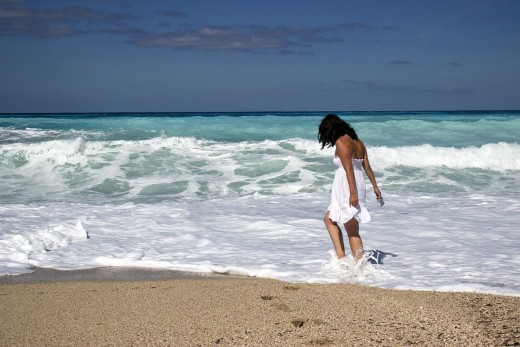
Why Do Extreme Heatwaves Kill People?
Did you ever wonder why people from south Florida have to wear sweaters and jackets when the temperature drops below 60-65 degrees?
Well their physical state is used to higher temperatures and humidity, so when temperatures shift (rapidly), their bodies aren't accustomed to cooler temperatures. There is usually a lag period prior to adjusting, which we call acclimatization.
Acclimatization plays such a significant role that it allows mountain climbers or those living in arctic regions to sustain their lifestyle without severe consequences from the cold itself. It also allows people living near desert locales to avoid risks of heat exhaustion/stroke.
There are also many other health factors that factor into how adjustable your body will be. The older or younger a person is, the more likely they are to suffer from temperature related illnesses.
So even with acclimatization the individual's body will struggle to keep up with extreme temperatures and will break down eventually. A good example of that would be the heat waves in India and Pakistan (2015) that have claimed over 3,000 lives.
Despite those locations already experiencing very warm to hot temperatures (according to climatology), the temperatures seen were still too hot for people living there.
As human beings we still have our limitations when it comes to how hot or cold temperatures get no matter how "used to it" we become.
What Is Relative Humidity?
The short answer is absolutely!
We often hear people say that it's not the heat, it's the humidity when discussing extreme summer heat and heatwaves, and they have a point.
The heat index strongly factors in the relative humidity and dew point in accordance with the surface temperatures. For example, a temperature of 80°F with a relative humidity of 40% with still equal a "real feel" temperature of 80°F.
However a temperature of 96°F with a relative humidity of 50% will feel around 108°F, which would likely prompt either heat advisories or excessive heat warnings if prolonged.
- The dew point and relative humidity indicate available moisture in the air.
In layman's terms, dew points in the 40's and 50's are considered to be very comfortable as long as the surface temperatures aren't extreme. Dew points in the 60's would indicate somewhat more uncomfortable conditions, and dew points of 70°F or greater are considered to be very uncomfortable to the human body.
Prolonged exposure to such high humidity and uncomfortable temperatures will start to wreck havoc on the human body. Once the dew points reach critical levels (80°F+), the body is unable to cool itself down (sweating has no effect) and heat related illnesses take over.
It may still feel uncomfortable or "tropical" outside even with relatively low surface temperatures because of the humidity. High humidity and dews could be a precursor to heavy rain and thunderstorms with drenching downpours and flooding.
Global Heat Records
Let's take a look at some of the highest temperatures and most dangerous heat waves in recorded history.
- World's Hottest Temperature Recorded: 134°F (56.7°C) at Death Valley, CA on July 10, 1913
- Deadliest Heat Wave/Summer: 37,451 deaths (likely much higher indirect deaths) in Western Europe in the Summer of 2003.
- Hottest Global Year on Record: 2014-16; As of 2019, the two hottest years on record were 2015 & 2016 by a significant margin largely due to the strong El Niño event.
Notes: The highest global temperature was originally recorded in El Azizia, Libya with a temperature of 58°C, but that reading has been deemed inaccurate due to inadequate measuring units that led to a higher measurement than surrounding areas.
Some estimates indicate over 70,000 people may have died in the 2003 European heatwave, but numbers are lower because of the difficultly in gauging direct versus indirect death/s due to heat related illnesses.
Global temperatures for 2015 will be greatly skewed due to one of the strongest, if not the strongest, El Niño event on record (on par with 1982-1983 and 1997-1998). As of this date, it's slightly behind 97-98 in most of the Niño recorded regions in the Pacific Ocean.

Why Heat Is a Silent Killer for Kids
Every summer one of the worst "accidents" that occur are when pets, babies, or children are locked inside of a vehicle during a sunny, hot day. In fact, up to 38 child heatstroke deaths on average (annually) have occurred in the U.S. since 1998.
We've seen the YouTube videos of people baking cookies and making pizza in their hot cars. If you could make fresh baked cookies in your car, then what do you think will happen when you leave your dog or child in there.
It takes only a couple minutes for the car to rapidly heat up inside, and the outside temperature doesn't have to be very high. Even temperatures as low as 70-80F can kill from the inside if someone is left unsupervised with no A/C running.
And leaving the windows open will not assure safety either.
Please don't be a neglectful person or parent and leave your child/pet locked in a vehicle. It doesn't matter how long you're gone; please refrain from doing it entirely. Your children, pets, and lawyers will thank you.
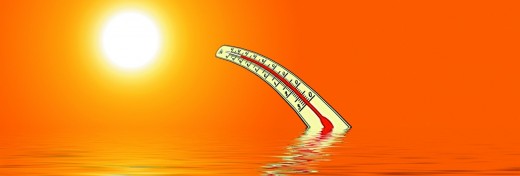
What's Your Definition of Heat?
Are you experiencing summer conditions right now and how do they feel?
- How would you define summer heat?
In my region, New Jersey, typically a heat wave is defined when the temperature is 90°F or higher for three or more consecutive days. So technically three days of 90°F on the dot would be considered a heat wave, however; that doesn't necessarily mean it feels "hot".
When referring back to relative heat, if the humidity was low and the temperatures met the criteria, then I wouldn't consider it to be hot. On the other hand, the temperature could be below 90°F but the humidity could make it feel like a heatwave.
So how do the temperatures feel for you and are you experiencing a defined heatwave?

